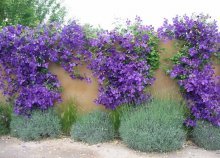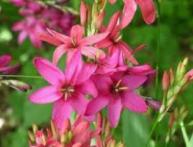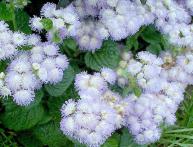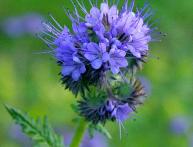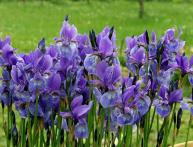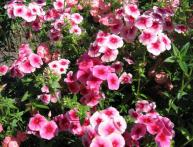Growing clematis from seeds: basic recommendations for sowing and caring for seedlings

In addition to the official botanical name, clematis has several other names: grandfather's curls, clematis, warthog.
The plant attracts gardeners with beautiful flowers on climbing vines.
However, it is not always possible to obtain a plant seedling and there is a question about growing clematis from seeds.
You can plant a seed and get a young plant from it, regardless of the type and clematis varieties.
Content:
- Clematis or clematis: types and forms
- Growing clematis from seeds
- Transplanting and caring for young clematis
Clematis or clematis: types and forms
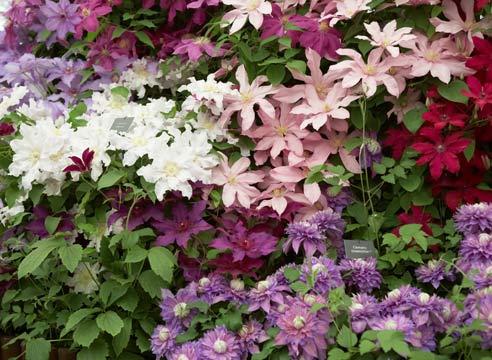
Clematis are most often herbaceous climbing plants with liana-like climbing stems. Creeping and upright growing species are also found.
They are distributed almost everywhere except the polar regions. They first appeared in culture in Japan. They have been grown in Europe since the 16th century, and in Russia they have become popular since the end of the 18th century.
It is important to know that many species are very different from each other. In the herbaceous species of clematis straight, as well as in Manchurian and Texas, the ground shoots die off annually in late autumn.
In semi-shrub clematis hogweed and whole-leaved, the lower part of the shoots becomes woody and persists for several seasons.
Woody shoots of clematis shrubby species persist in winter.Lianas of violet clematis and grape-leaved clematis master vertical supports, climbing them with the help of petiole leaves.
Root system in different species of clematis it can be both rod-shaped and fibrous. The stems also differ: herbaceous representatives have rounded green stems, while woody stems are in the form of polyhedra with brown bark.
The leaves, simple or complex, are arranged in pairs; there are species with leaf blades colored purple.
Flowers of a wide variety of colors deserve special attention:
- white
- red
- purple
- pink
- yellow
There are plants with both simple and double flowers. A simple flower with numerous stamens and pistils in the center looks unusual; they form a so-called spider, a different color from the color of the petals. Simple flowers can have 4-8 petals, while double flowers can have up to seven dozen petals.
Clematis feel great in one place for at least two decades. The fruit of clematis has a spout-shaped outgrowth and a device for dispersal by the wind.
Clematis reproduces both by seeds and vegetatively. If we are talking aboutmulti-flowered forms, then here reproduction is possible only by vegetative parts.
Small-flowered clematis are almost always grown through sowing seeds.
Growing clematis from seeds
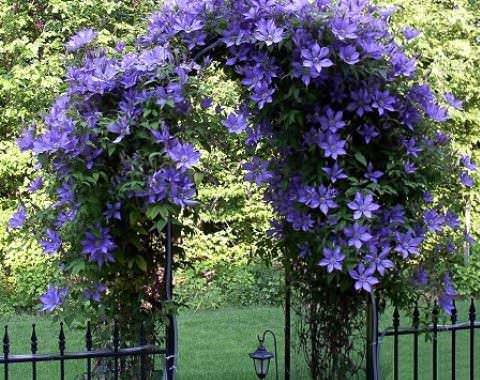
Before sowing into the ground, clematis seeds need special preparation - stratification, which reduces the time from sowing to the appearance of sprouts several times. Otherwise, the seeds can lie in the soil for almost a year and a half.
This applies primarily to large, from 5 to 12 mm, seeds.Medium-sized seeds germinate in six months, and small ones, not exceeding 3 mm in diameter, can germinate in three weeks and three months.
Preliminary preparation is carried out in several stages. At the first stage, the seeds must be soaked for five days in water, which must be systematically replaced with fresh water.
At the second stage, the seeds are sown in a container with soil consisting of soil, sand and peat. The planting depth for large seeds is two centimeters, for medium ones - one cm, and for small ones - no deeper than 0.8 mm.
After sowing, the containers must be kept for ten days in a warm place where the temperature is not lower than 18 and not higher than 22 degrees.
After this, the seedling boxes are placed on the bottom shelf in the refrigerator or covered with snow in the garden for a period of 90 days. In the spring, after stratification is completed, seedlings appear after about two to three weeks.
You can do it another way. Sow seeds at the beginning of winter in containers with moist, fertile soil. Then place them on a glassed-in loggia, in a greenhouse without heating.
With the onset of spring, bring the containers into a warm place and place them on a lighted windowsill. With regular watering, the seeds will begin to germinate in 20 days. If this does not happen, do not rush to part with the crops.
Shoots can appear throughout the summer if you keep the containers in a cool place; sometimes the seeds remain dormant until next spring.
When sowing small seeds, you can limit yourself to preliminary soaking. When leaves appear, the plants are transplanted, sometimes immediately to a permanent place, sometimes to the greenhouse or in a separate container.
Transplanting and caring for young clematis
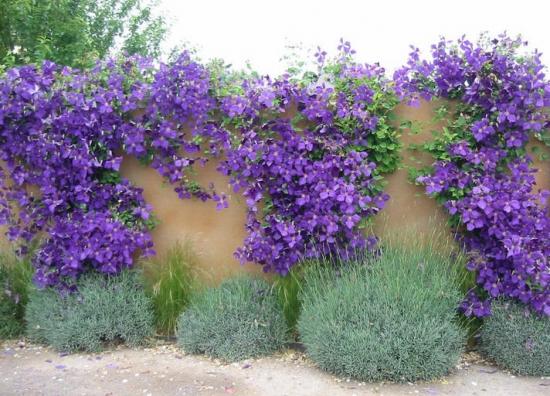
As soon as the second pair of leaves appears on young plants, they need to be transplanted into separate pots, and if the weather permits, then immediately to a permanent place, especially since frequent transplants have a negative effect on forms with tap roots.
The plant needs a spacious planting hole with a good drainage layer. Fertile soil 30 - 40 cm high is poured onto it in a mound and a clematis seedling obtained from seeds is placed on top.
Cover the roots with soil so that the shoot is in a small depression and the root collar is level with the ground. When clematis begins to grow, the soil needs to be periodically added.
In some cases, the above-ground part grows quite slowly, this is due to the fact that first of all the root system is growing, and then the green shoots.
At least once every three to four weeks, young clematis need water solution of complete mineral fertilizer. After each watering, mulch the soil. In the first three years after planting Humus mixed with wood ash is added under the plant.
It is better to do this in late autumn or early spring. Also, when forming the ground part, it is important to ensure that closely growing shoots do not get tangled with each other and have support.
Growing clematis from seeds, although it requires some skills and time, is worthwhile in obtaining beautiful plants for vertical and horizontal landscaping, decorating gazebos, loggias, low and high walls.
Useful video on the topic of pruning clematis:
Interesting information about the vegetable garden

